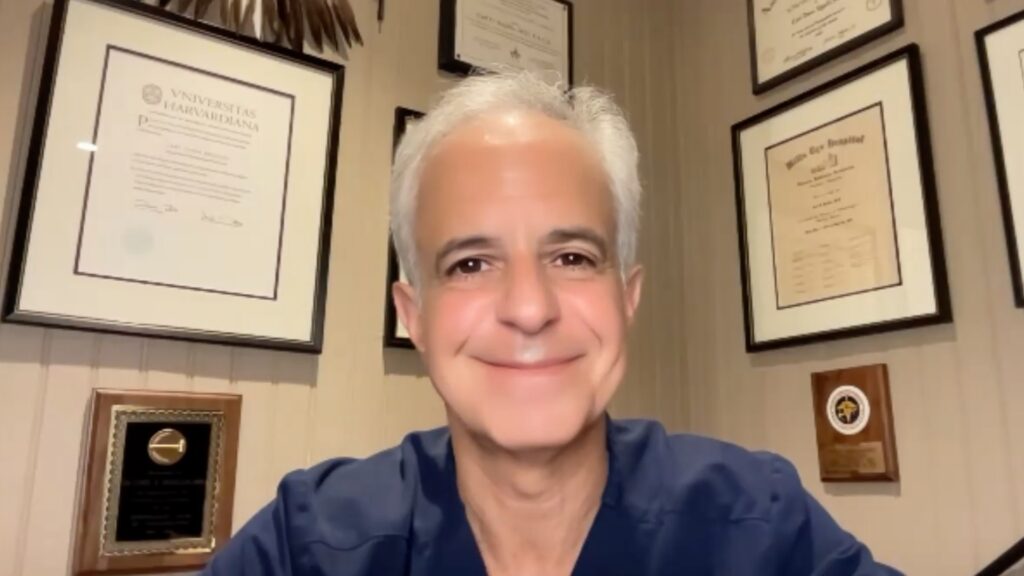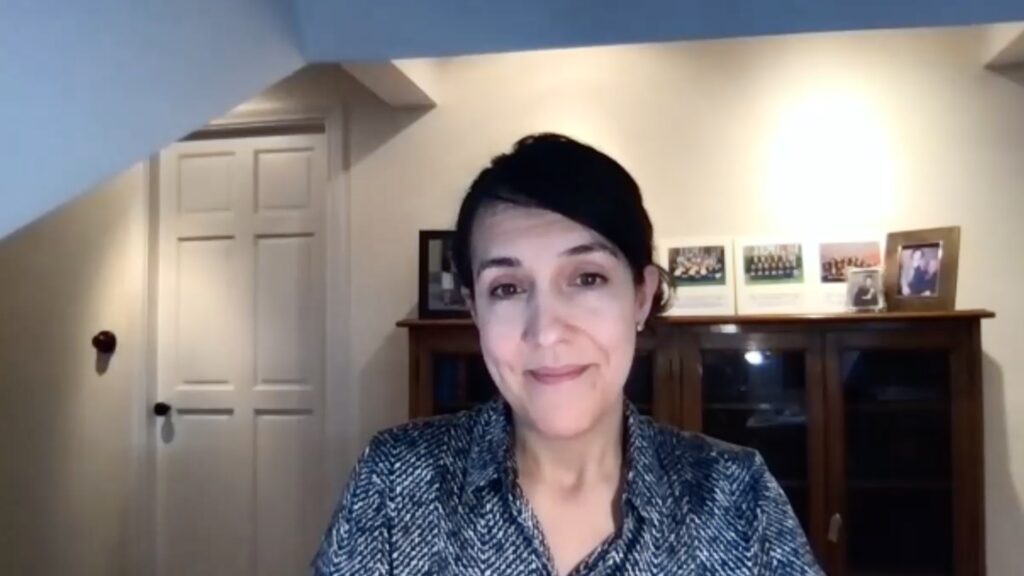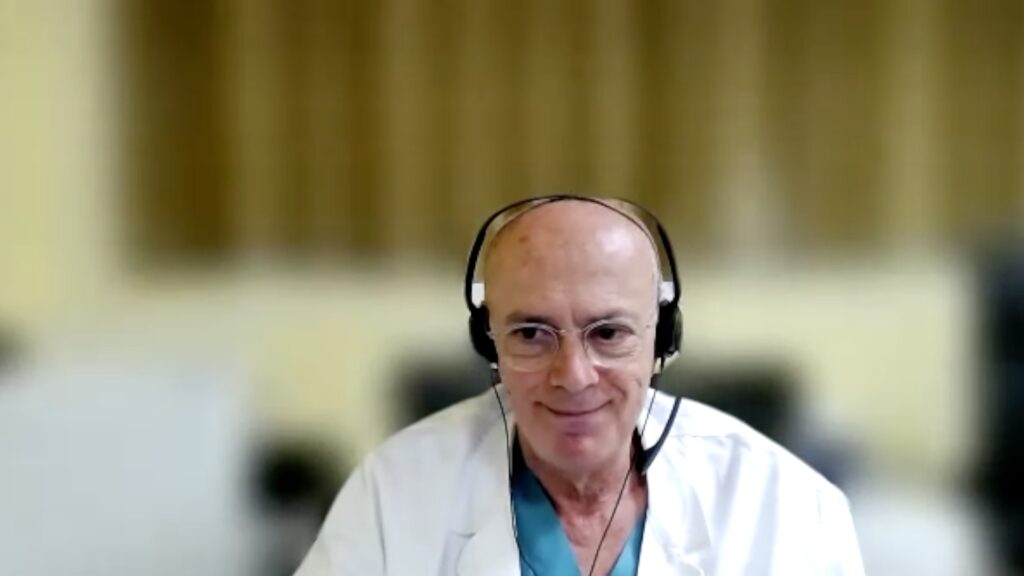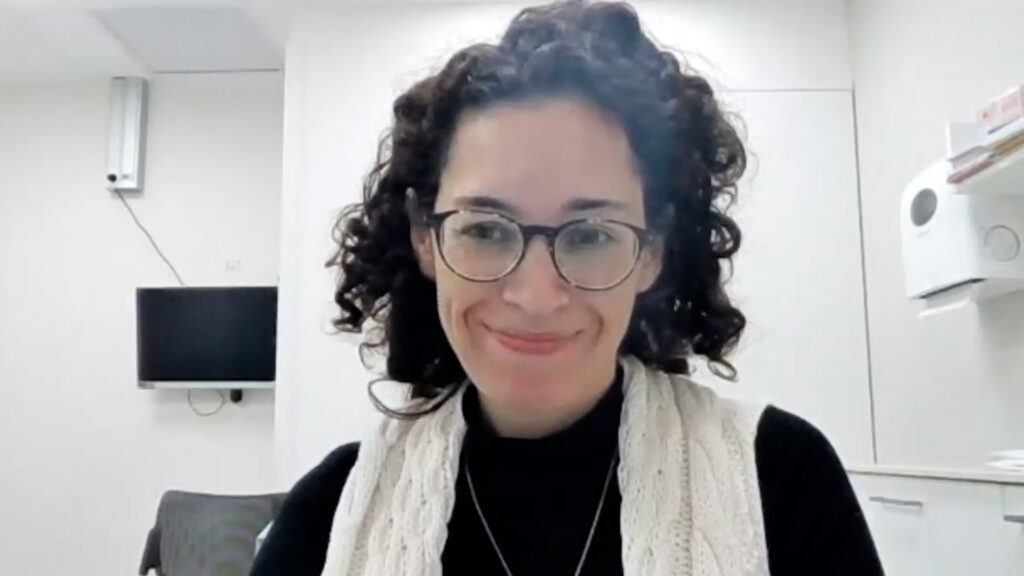Authored by Vanessa Lane, PhD, Senior Medical Writer, Touch Medical Media, UK
Diabetic macular oedema (DMO) affects around 1–12% of diabetic patients,1 and is defined as retinal thickening involving or approaching the centre of the macula.2 It represents the most common cause of vision loss in patients with diabetes.2
Several therapeutic strategies are available for DMO, including laser photocoagulation, anti-vascular endothelial growth factor (anti-VEGF [aflibercept, bevacizumab or ranibizumab]), intravitreal steroids (dexamethasone, fluocinolone or triamcinolone) and vitreoretinal surgery.3
Grid lasers are believed to destroy photoreceptors in the retina thereby decreasing oxygen demand, while focal lasers are thought to target specific leaking microaneurysms responsible for macular oedema.4 Although laser photocoagulation has been a mainstay of DMO therapy for many years, it has been shown to be less effective than anti-VEGF treatments5,6 and is no longer considered a standard of care.7
VEGF plays a key role in DMO progression4 by promoting angiogenesis and causing a breakdown of the blood-retinal barrier by damaging the tight junctions between retinal endothelial cells.8,9 Intravitreous injections of anti-VEGF (aflibercept, bevacizumab or ranibizumab) have been shown to improve vision in eyes with centre-involved DMO, but the effect depends on baseline visual acuity (VA).10 While there appears to be no apparent advantage of one anti-VEGF over the other in patients with mild VA loss, aflibercept appears to be more effective than bevacizumab or ranibizumab at improving vision in patients with more severe baseline VA loss.10 The 2017 Guidelines for the Management of Diabetic Macular Edema by the European Society of Retina Specialists (EURETINA) recommend that anti-VEGF should be considered as first-line therapy in DMO.7 In patients with best corrected VA (BCVA) correctly reading <69 letters aflibercept is recommended and in patients with BCVA correctly reading ≥69 letters, aflibercept, bevacizumab* or ranibizumab are recommended treatment options.
VEGF is not the sole pathogenic cytokine in DMO and, as with longer duration of DMO, the multifactorial nature of the disease becomes more prominent.11 Therefore, other treatment options need to be considered in patients refractory to anti-VEGF therapy. These include steroids, which are an important secondary treatment option in the management of sustained, chronic inflammation despite anti-VEGF therapy.7,12 Steroids are also particularly relevant in patients with a medical history of cardiovascular events and in those with compliance issues.13 Fluocinolone acetonide is an injectable, non-erodible, intravitreal steroid implant.14 A recent 3-year update of the RETRO-IDEAL study reported that monotherapy with fluocinolone acetonide in 76 (94 eyes) patients with late-stage DMO who had previous suboptimal outcomes despite substantial prior treatment with anti-VEGF and other DMO therapies resulted in sustained improvements.15 These included improvements in both functional (VA) and structural (central macular thickness [CMT]) responses. Safety outcomes, with a focus on elevated intraocular pressure, were favourable. A dexamethasone implant has also been shown to be as efficacious as bevacizumab in reducing DMO, although progressive lens opacities may result in visual loss in the dexamethasone-treated group compared with those treated with bevacizumab.16 There has been no evidence of long-term benefits of using triamcinolone intravitreal injection in patients with DMO.17
Vitrectomy may be considered in cases refractory to treatment with repeated pharmacotherapy and especially in cases where vitreomacular attachment or traction occurs.3 However, vitrectomy alone is insufficient to manage DMO as it fails to address the growth factors and cytokines implicated in the pathogenesis of the disease.3
Current evidence suggests that each individual treatment modality in DMO does not result in a completely dry macula in most cases.18 Retinal vascular leakage in DMO is due to both VEGF upregulation and non-VEGF-dependent inflammatory pathways.18 Therefore, combining anti-VEGF with other therapies is more likely to provide superior outcomes to anti-VEGF alone, particularly in treatment refractory patients.3 The combination of steroids and anti-VEGFs has been shown to be beneficial and may have complementary and additive effects on retinal vascular permeability.18 Laser photocoagulation has also been investigated in combination with anti-VEGFs, but no benefit was demonstrated.5,19
Current treatments are limited, as they do not treat the underlying pathology of DMO, but only the ensuing vascular leak in the macula.18 Therefore, more research is needed to further understand the pathogenesis of DMO and develop new treatment options to provide long-term improvements in vision and prevent morphological changes in the macula, while reducing the risk of adverse events and treatment burden.18
*The use of bevacizumab for the treatment of DMO is off-label.
References
1. Chen E, Looman M, Laouri M, et al. Burden of illness of diabetic macular edema: literature review. Curr Med Res Opin. 2010;26:1587–97
2. Bandello F, Battaglia Parodi M, Lanzetta P, et al. Diabetic Macular Edema. Dev Ophthalmol. 2017;58:102–38
3. Bahrami B, Zhu M, Hong T, Chang A. Diabetic macular oedema: pathophysiology, management challenges and treatment resistance. Diabetologia. 2016;59:1594–608.
4. Mathew C, Yunirakasiwi A, Sanjay S. Updates in the management of diabetic macular edema. J Diabetes Res. 2015;2015:794036.
5. Rajendram R, Fraser-Bell S, Kaines A, et al. A 2-year prospective randomized controlled trial of intravitreal bevacizumab or laser therapy (BOLT) in the management of diabetic macular edema: 24-month data: report 3. Arch Ophthalmol. 2012;130:972–9.
6. Do DV, Nguyen QD, Khwaja AA, et al. Ranibizumab for edema of the macula in diabetes study: 3-year outcomes and the need for prolonged frequent treatment. JAMA Ophthalmol. 2013;131:139–45.
7. Schmidt-Erfurth U, Garcia-Arumi J, Bandello F, et al. Guidelines for the Management of Diabetic Macular Edema by the European Society of Retina Specialists (EURETINA). Ophthalmologica. 2017;237:185–222.
8. Zhang X, Bao S, Lai D, et al. Intravitreal triamcinolone acetonide inhibits breakdown of the blood-retinal barrier through differential regulation of VEGF-A and its receptors in early diabetic rat retinas. Diabetes . 2008;57:1026–33.
9. Melder RJ, Koenig GC, Witwer BP, et al. During angiogenesis, vascular endothelial growth factor and basic fibroblast growth factor regulate natural killer cell adhesion to tumor endothelium. Nat Med . 1996;2:992–7.
10. Diabetic Retinopathy Clinical Research Network. Aflibercept, bevacizumab, or ranibizumab for diabetic macular edema. N Engl J Med . 2015;372:1193–203.
11. Chakravarthy U, Yang Y, Lotery A, et al. Clinical evidence of the multifactorial nature of diabetic macular edema. Retina . 2018;38:343–51.
12. Das A, McGuire PG, Rangasamy S. Diabetic macular edema: pathophysiology and novel therapeutic targets. Ophthalmology . 2015;122:1375–94.
13. Regillo CD, Callanan DG, Do DV, et al. Use of corticosteroids in the treatment of patients with diabetic macular edema who have a suboptimal response to anti-VEGF: Recommendations of an Expert Panel. Ophthalmic Surg Lasers Imaging Retina . 2017;48:291–301.
14. Sanford M. Fluocinolone acetonide intravitreal implant (Iluvien®): in diabetic macular oedema. Drugs . 2013;73:187–93.
15. Augustin A. Results from the RETRO-IDEAL study assessing the real-world ILU (fluocinolone acetonide) outcomes in patients with chronic diabetic edema (DME) up to 3 years after therapy was initiated. Free paper presented at: the European Society of Retina Specialists (EURETINA) Congress, Barcelona, Spain, 7–10 September 2017.
16. Gillies MC, Lim LL, Campain A, et al. A randomized clinical trial of intravitreal bevacizumab versus intravitreal dexamethasone for diabetic macular edema: The BEVORDEX Study. Ophthalmology . 2014;121:2473–81.
17. Diabetic Retinopathy Clinical Research Network. Three-year follow-up of a randomized trial comparing focal/grid photocoagulation and intravitreal triamcinolone for diabetic macular edema. Arch Ophthalmol. 2009;127:245–51.
18. Amoaku WM, Saker S, Stewart EA. A review of therapies for diabetic macular oedema and rationale for combination therapy. Eye (Lond). 2015;29:1115–30.
19. Solaiman KA, Diab MM, Abo-Elenin M. Intravitreal bevacizumab and/or macular photocoagulation as a primary treatment for diffuse diabetic macular edema. Retina. 2010;30:1638–45.











